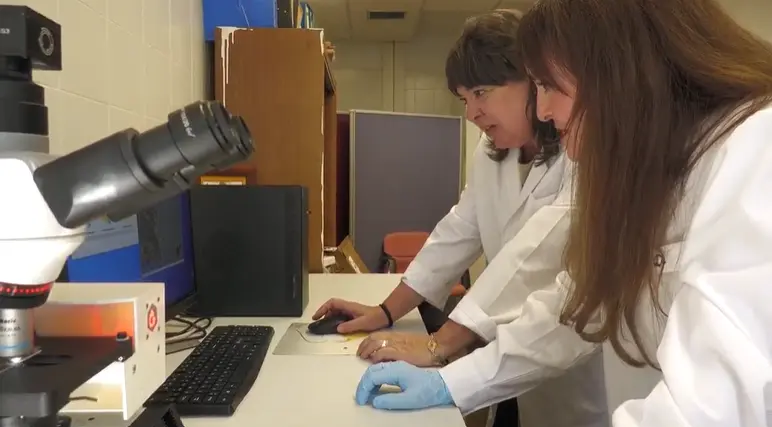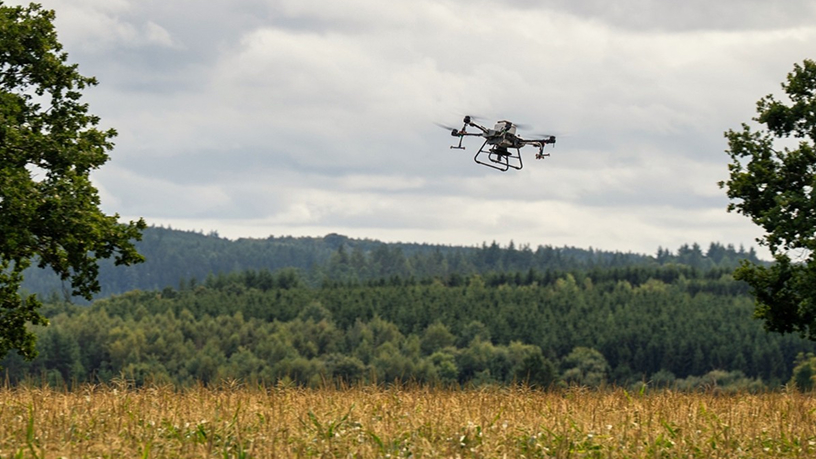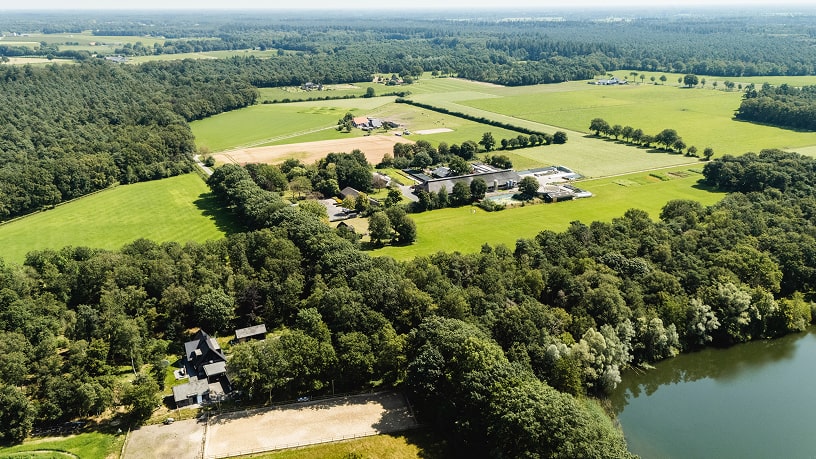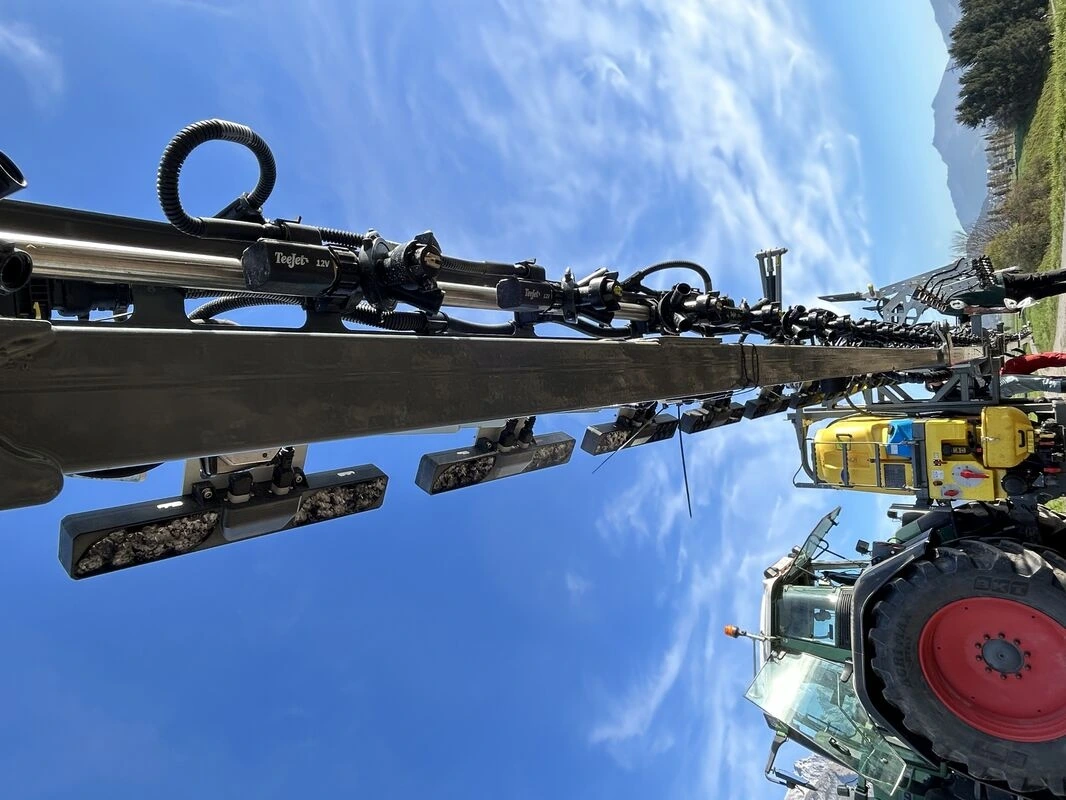Overview
Test activities involve three key components: the environment (where the tests are conducted), the protocol (defining what tests are performed and how), and evaluation metrics (used to assess the test results). Through this service, we assist customers in designing a computational environment tailored to running the digital tests required for their software components. Specifically, this service:
- Defines the data (and metadata) requirements needed to support the test
- Identifies the necessary software environment (e.g., operating system, libraries)
- Selects an appropriate simulator and defines simulated environments, if required
- Chooses remote access tools, if applicable.
As a result, we deliver a comprehensive design of the testing environment, including specifications such as memory requirements, GPU/TPU acceleration, and necessary libraries. This environment can be deployed on either the agrifoodTEF digital infrastructure or the customer's computing infrastructure (i.e., on premises).








